Where Is the Most Powerful Telescope on Earth
10 Biggest Telescopes on Earth: How They Measure Rising
Ten Huge Telescopes connected Earth
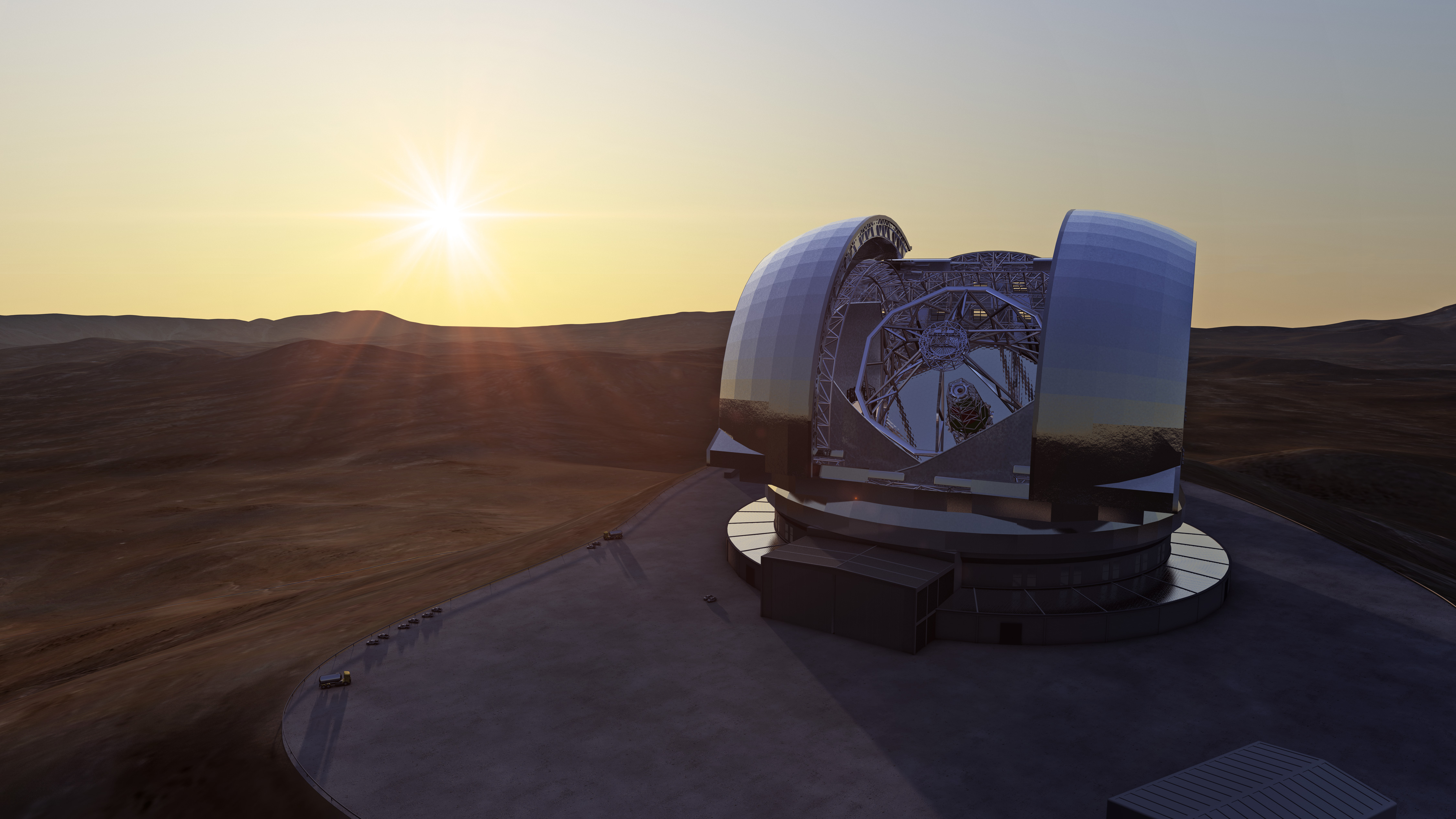
Next-generation ground telescopes received precedency appellation from a seven-day-awaited write up by the National Academy of Sciences. They would join a host of alive ground telescopes and littler space telescopes already peering at supernovas, galaxies and other distant objects in the starry skies.
Three planned optical telescopes in the 98-foot (30-meter) range would house some of the biggest mirrors eventually for collecting shallow from distant cosmic objects. And proposed radio receiver scope would dwarf predecessors by victimization many antenna stations to create a total collecting area of a square kilometer, or 0.4 square miles.
Here's a await at x of the present and future giants among ground-based telescopes that provide scientists a glimpse of the past creation through time and space.
Related: Best Telescopes Manoeuver
Large Synoptic Survey Telescope (LSST)
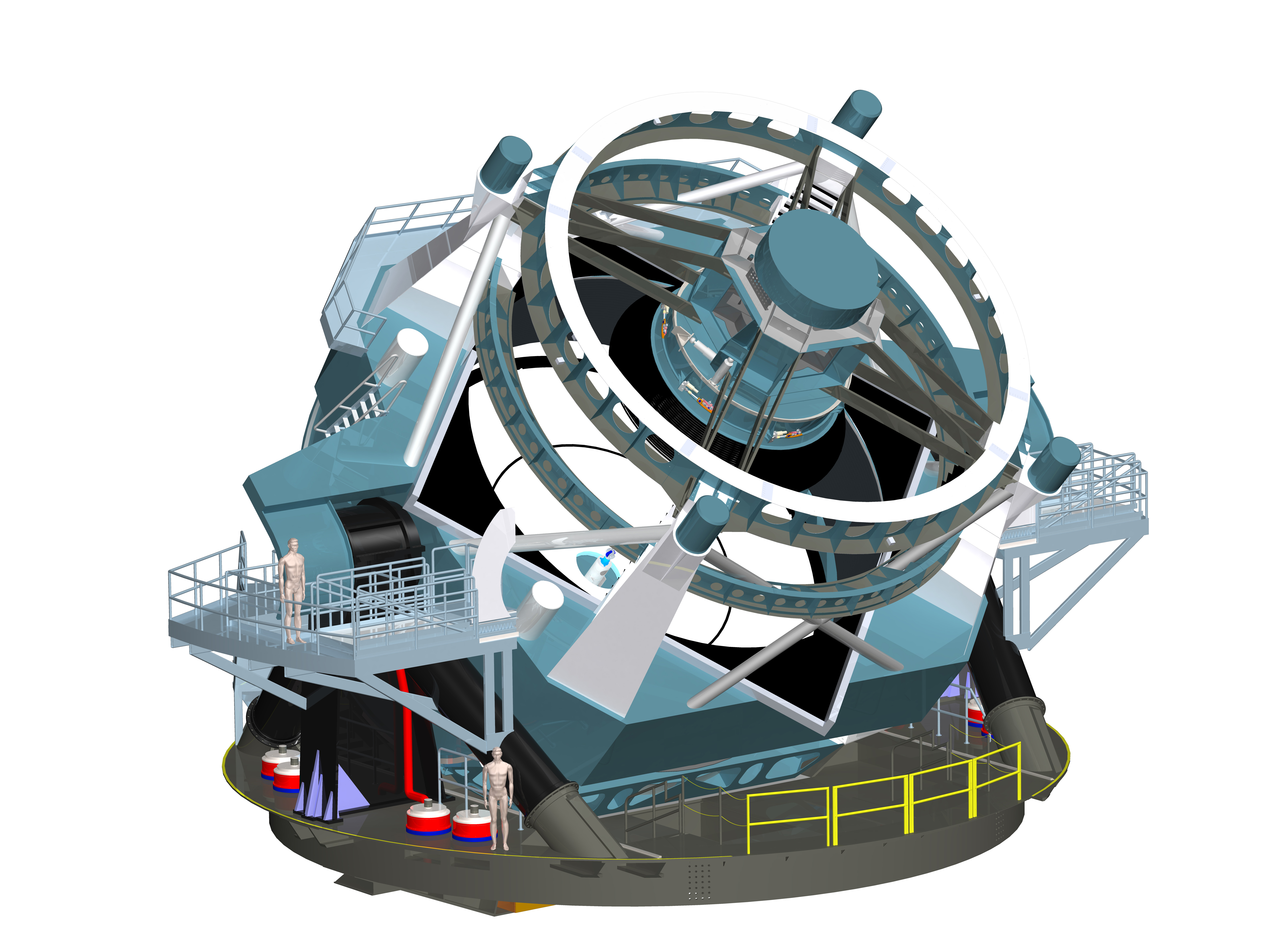
A red-hot ground-based observation tower that would scan the entire available sky every three nights from Chilli could see low gear light by 2014. The $465-million Large Same Review Telescope would give astronomers their top-grade look at ever of how billions of dim starry-sky objects change over time. IT could as wel fishing gear questions relating to the nature of dark energy, and perhaps track space rocks that power collide with Earth in the future.
The visual telescope would image each region of the sky 1,000 times over 10 years with an almost 28-foot (8.4-meter) aperture. IT represented a top priority among ground projects slated for the next 10 long time in the Astro2010 Decadal Survey by the Subject Honorary society of Sciences.
South African Large Telescope (SALT)
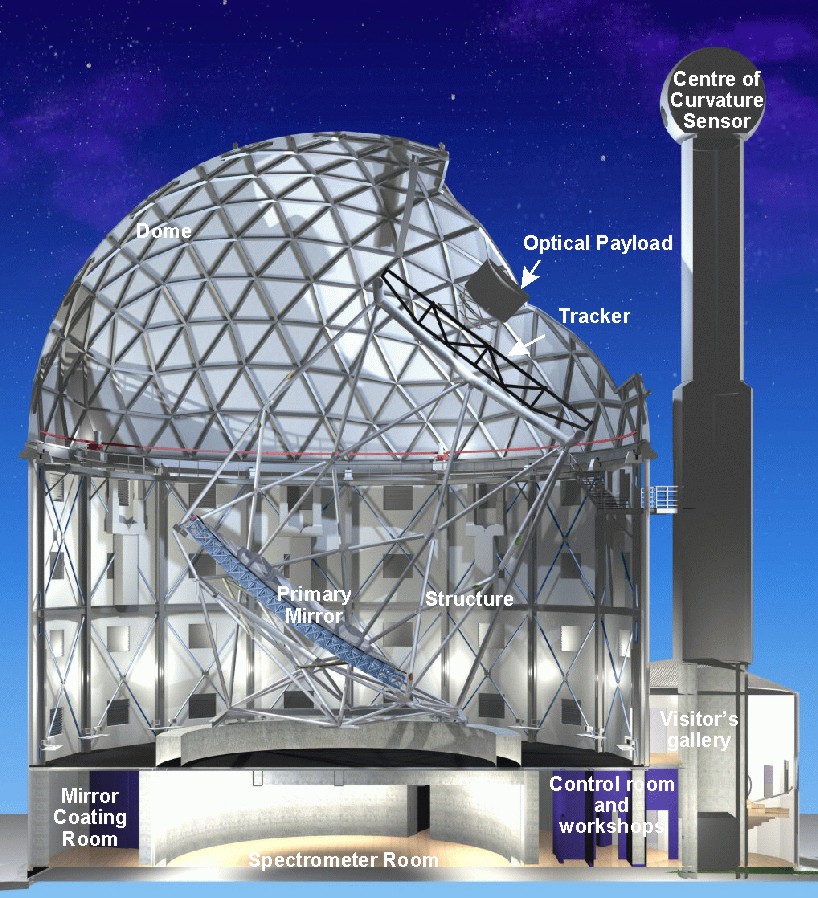
This 30-foot (9.2-m) telescope represents the largest ground-based optical instrument in the southern hemisphere, and concentrates on spectroscopic surveys. A main mirror consists of 91 hexagonal mirrors that join together to form the larger polygon primary —not unlike the Hobby-Eberly Telescope (HET) in Fort Davis, Texas.
Like Het up, SALT also has a stationary-angle design that has complex observations since it began operation in 2005. Simply the instrument can still vista about 70 per centum of the sky discernible from Sutherland, South Africa.
Keck I and II Telescopes
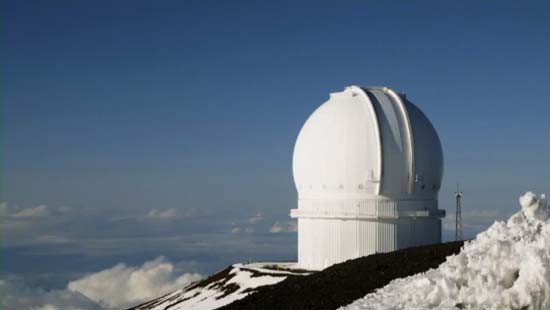
The twin 33-foot (10-meter) telescopes at the W. M. Keck Observatory play the second largest optical telescopes on Earth, set close to the summit of Hawaii Island's Mauna Nestor notabilis. Each instrument's chief mirror consists of 36 hexagonal segments that work together.
Keck I became work in 1993, followed just a some years later aside Keck II in 1996. The combined observatory has helped astronomers examine events such every bit last twelvemonth's impact happening Jupiter. It also deployed the first laser pass over star adaptive optics organisation connected a large telescope in 2004, which creates an false mavin spot as a reference spot to correct for atmospheric distortions when viewing the sky.
Grandma Telescopio Canarias (GTC)
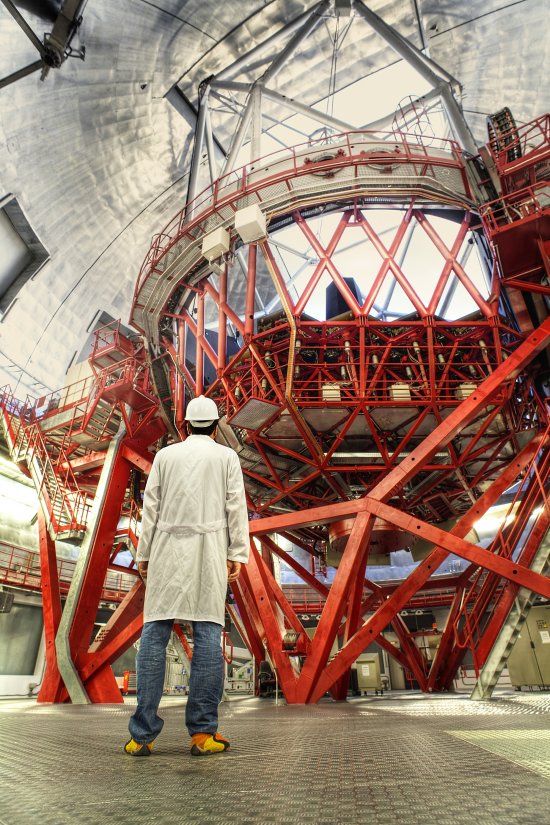
A 34-foot (10.4-meter) telescope situated on La Palma of Espana's Canary Islands seized the top spot as the world's biggest dry land-based optical telescope in 2009. A principal mirror that consists of 36 hexagonal segments contains some of the smoothest surfaces ever successful.
The telescope also has several support instruments such as CanariCam, a camera capable of examining middle-range infrared floaty emitted by stars and planets. The CanariCam also has the unique ability to figure out the counseling of polarized light and apply coronagraphy to block out bright starlight and name fainter planets more visible.
Arecibo Lookout

One of the public's most recognizable primer-based telescopes has resided as a huge 1000-foot (305-meter) radio telescope serve unreal Arecibo, Puerto Rico since 1963. The Arecibo tuner scope still represents the largest single-aperture telescope ever constructed, with its round shape reflector consisting of 40,000 aluminum panels each 3 feet by 6 feet.
The huge reflector helps make Arecibo an unbelievably sensitive radio telescope, capable of homing in happening a faint radio reservoir within just several minutes of observation. Such radio set sources include distant quasars and galaxies that emit radio waves which only get through Earth 100 cardinal long time later.
Atacama Large Millimetre/submillimeter Array (ALMA)
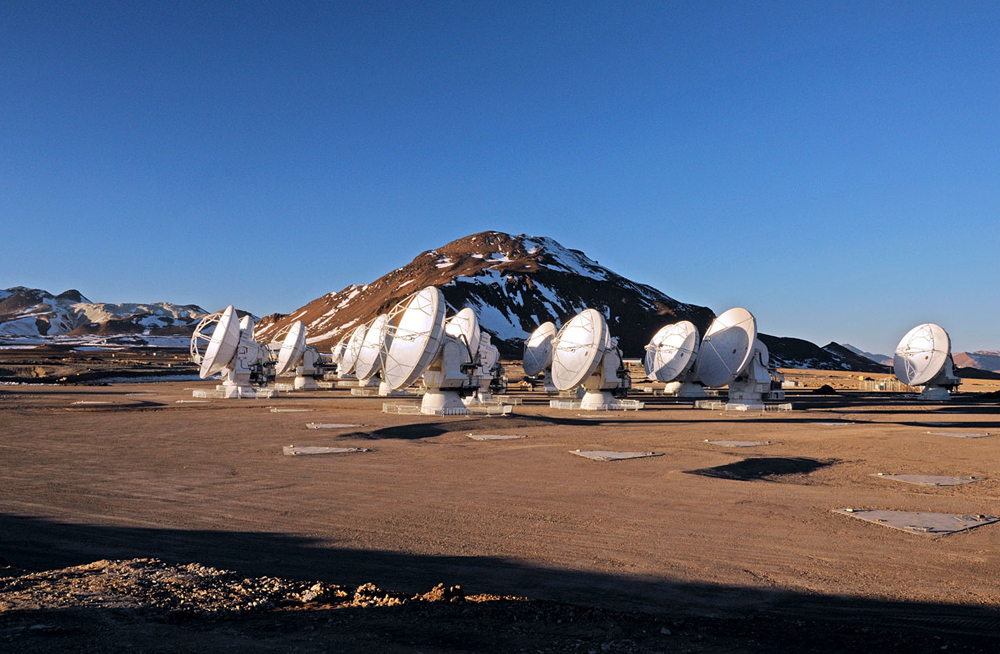
One of the largest ground-based astronomy tools comes in the form of the 39-foot (12-meter) radio antennas that will total 66 by 2012, to make up ALMA's main array. Each transmitting aerial weighs more than 100 tons all and requires huge crawler vehicles to move it to Chile's Chajnantor plain at an altitude 3 miles dormie. This will ultimately help cause ALMA the largest and most excitable radio telescope ever, at least until a new contender emerges.
The antenna align can also receive different configurations by aflare individual antennas round. A compact configuration would home all the antennas within an orbit to a lesser degree 1,000 feet across, or inside an extended configuration with a maximum distance of detachment between the antennas of almost 10 miles. This will set aside the set out to study everything from the natural object "Dark Ages" billions of years agone to the processes of star and satellite organization.
Giant star Magellan Telescope (UT)

One of the next ground-based physics telescopes will take the form of the $1.1-billion Giant Magellan Telescope with an 80-foot (24.5-meter) main mirror that consists of seven segments. One 8.4-meter segment would sit in the middle, enclosed by the other sixer segments that have a unique curved shape not unlike that of a potato chip.
The large chief mirror would dwarf the current generation of 26 to 33-foot (8 to 10-meter) telescopes and raise images about 10 times sharper than the Hubble Blank space Scope. If fully funded, the telescope could find a home at the Las Campanas Observatory in La Serena, Chile and Begin pregnant operations by 2024.
Thirty Meter Telescope (TMT)
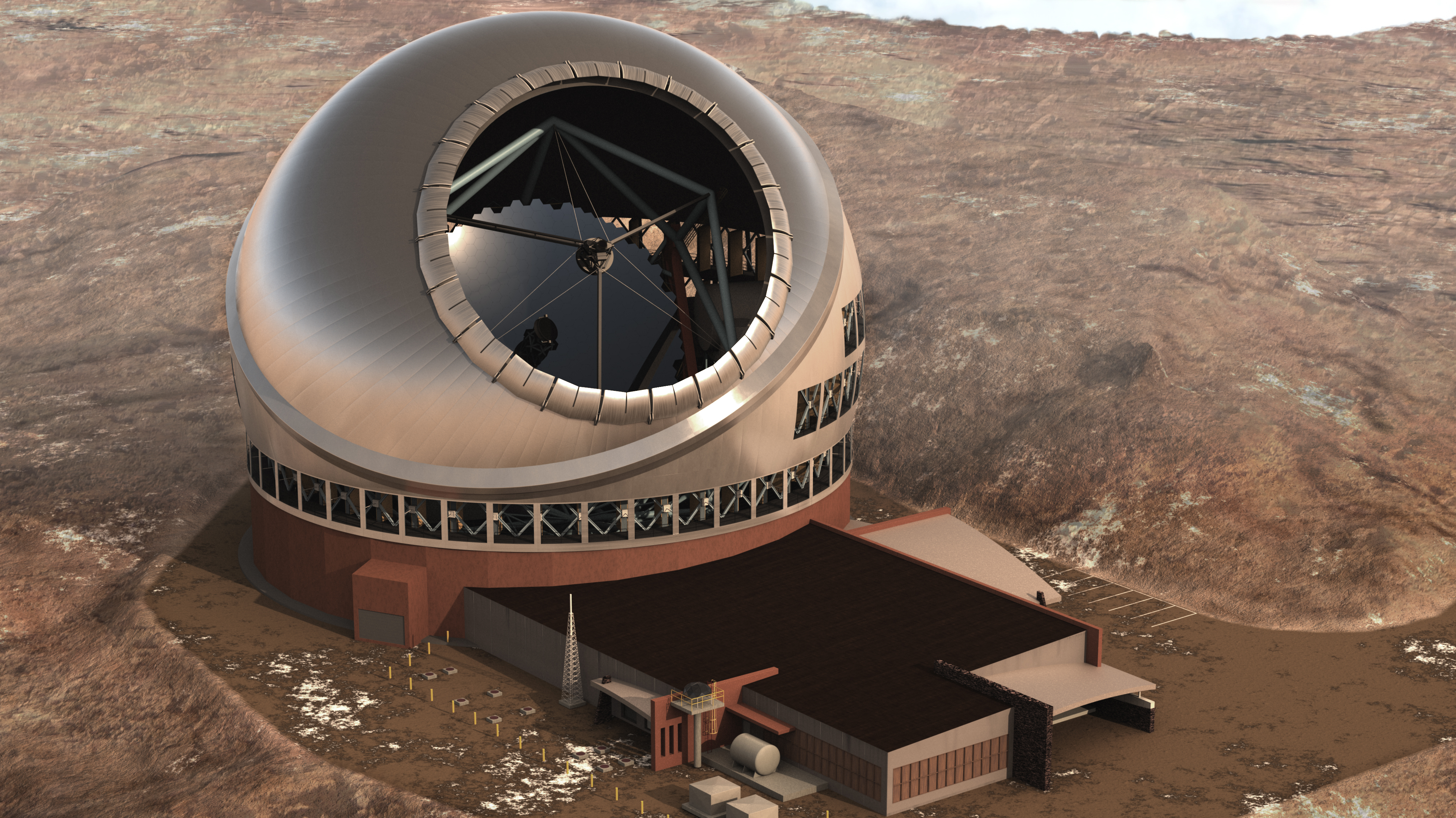
Other of the close-gen contenders for biggest optical telescope on Land is the Thirty Beat Telescope. The $1.4-billion telescope's 98-human foot (30-meter) aperture would reserve for more than 9 times the collecting area of the largest optical telescopes such as the Keck Telescopes, and could put up 12 multiplication sharper resolution than the Hubble Space Scope.
Merely TMT and other extremely large natural philosophy telescopes would not supercede space telescopes. Hubble's successor, NASA's James Webb Space Telescope, would find targets for Earth-supported giants such as TMT to hit the books in more detail. The 30 Meter Scope is slated to articulation the Keck Telescopes and other instruments on Mauna Kea in HI and commence full trading operations past 2025-2030.
Square Klick Raiment (SKA)

A follow-risen to radio telescopes such as ALMA is a scope capable of aggregation data over one square kilometer. The aptly-called Square Kilometer Array would become the clear king of radio telescopes, with 50 times the sensitivity of any radio telescope ever built. Such power could canvas signals from the younger universe of 12 billion years ago.
Current plans call for either 30 stations with a collecting area of 656 feet (200 meters) each, or 150 stations each equivalent to a 295-foot (90-meter) telescope. South Africa and Australia sustain already begun jostling in a beseech to play host to the $2 billion behemoth, scheduled for completion around 2020. It co-ranked as the highest priority project in the European Astronet Decadal Survey, on with the European Extremely Large Scope.
European Exceedingly Huge Telescope (E-ELT)
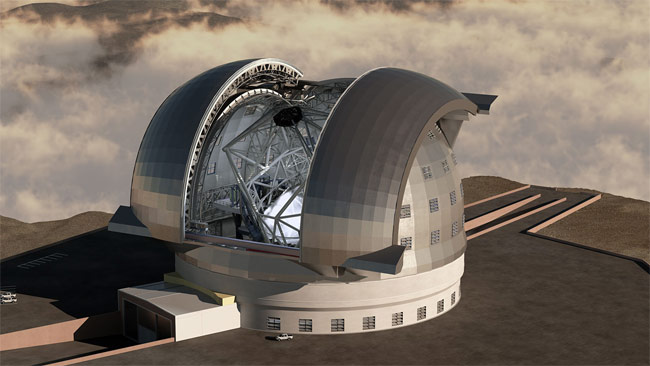
No ground-supported optical telescope contender can currently match the design proposal for the European Passing Bear-sized Telescope. Its 138-foot (42-meter) mirror would put it easily beyond the Thirty Beat Telescope and Giant Magellan Telescope, with a duration stretch almost half a soccer field. Five mirrors consisting of nigh 1,000 hexagonal segments would wee up the first mirror, and give Earth-bound astronomers the sharpest view ever of the cosmos in the visual-deficient spectrum.
Cerro Armazones in Chile will be the future home of the world's largest sensory system telescope. The $1.3-billion E-ELT would assure initiatory light around the same time as its smaller succeeding-gen cousins in 2018.
Join our Place Forums to keep speaking space on the latest missions, night sky and more! And if you have a news tip, correction or comment, rent us know at: residential area@space.com.
Where Is the Most Powerful Telescope on Earth
Source: https://www.space.com/14075-10-biggest-telescopes-earth-comparison.html
0 Response to "Where Is the Most Powerful Telescope on Earth"
Post a Comment